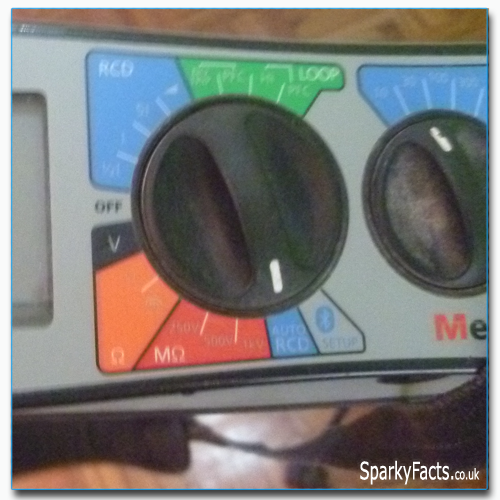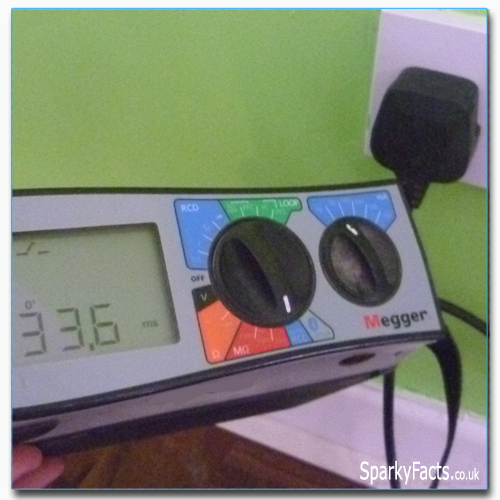RCD Testing
What is an RCD?
RCD stands for Residual Current Device.
In short, an RCD is an electrical protection device that disconnects a circuit in the event of a fault.
The Residual Current Device operates on the principle of continuously monitoring the balance of currents between the Line conductor and the Neutral conductor. If this balance is lost that means that the current from the Line conductor is going somewhere else other than the Neutral conductor - that is to Earth, trough a fault somewhere within the installation.
A regular domestic RCD is set to a 30mA limit. The reason for this is because the human body can withstand a current of that level. Anything above this would be dangerous for life, so the RCD would cut the supply of.

How to perform an RCD test?
![]() This is a live test so extra care is advised!
This is a live test so extra care is advised!
Step 1. Use a dedicated RCD test meter, or the RCD function of a multifunctional tester such as the Megger 1553. Make sure that the installation is fully energised.

Step 2. Connect the test leads on Line, Neutral and Earth terminals anywhere on the installation but after the RCD (i.e. socket).

Step 3. Testing should be done with 50% In, 100% In and 500% In on both 0° and 180°. Depending on your test meter, this could be done automatically or manually. Please refer to the user instructions of your RCD tester.
![]() Pro advice: If you use a multifunctional tester such as the Megger 1553, than you can do this test automatically by pressing the TEST button only once. You will have to switch the RCD back in to the ON position every time it trips, but the tester will continue without any intervention needed. After the test is completed you will be able to read all the test results from the testers display.
Pro advice: If you use a multifunctional tester such as the Megger 1553, than you can do this test automatically by pressing the TEST button only once. You will have to switch the RCD back in to the ON position every time it trips, but the tester will continue without any intervention needed. After the test is completed you will be able to read all the test results from the testers display.
Once the RCD testing is done, you should record and verify the results to BS 7671:
RCD maximum trip time |
|||
|---|---|---|---|
| Test current | BS 4293 | BS EN 61008 | BS EN 61009 |
| 50% In< | No trip | No trip | No trip |
| 100% In | 200ms | 300ms | 300ms |
| 500% In | 40ms | 40ms | 40ms |
The Inspection and Testing C&G 2391 practical exams
A residual-current device (RCD), or residual-current circuit breaker (RCCB), is an electrical wiring device that disconnects a circuit whenever it detects that the electric current is not balanced between the energized conductor and the return neutral conductor
Where an RCD with a rated residual operating current (In) not exceeding 30 mA is used to provide additional protection, testing should be carried out to ensure that the operating times of the RCD comply with the requirements of BS 7671.
During the City and Guilds 2391 practical assessment you will be required to perform the required tests on every RCD unit that is present in the electrical installation.
Testing can be done from any point of the circuit (e.g. socket outlet) or at the outgoing terminals of the RCD itself.
Next we move on to Functional testing.
Important things to remember:
![]() During the testing remember to constantly inspect the installation for faults and signs of damages.
During the testing remember to constantly inspect the installation for faults and signs of damages.





